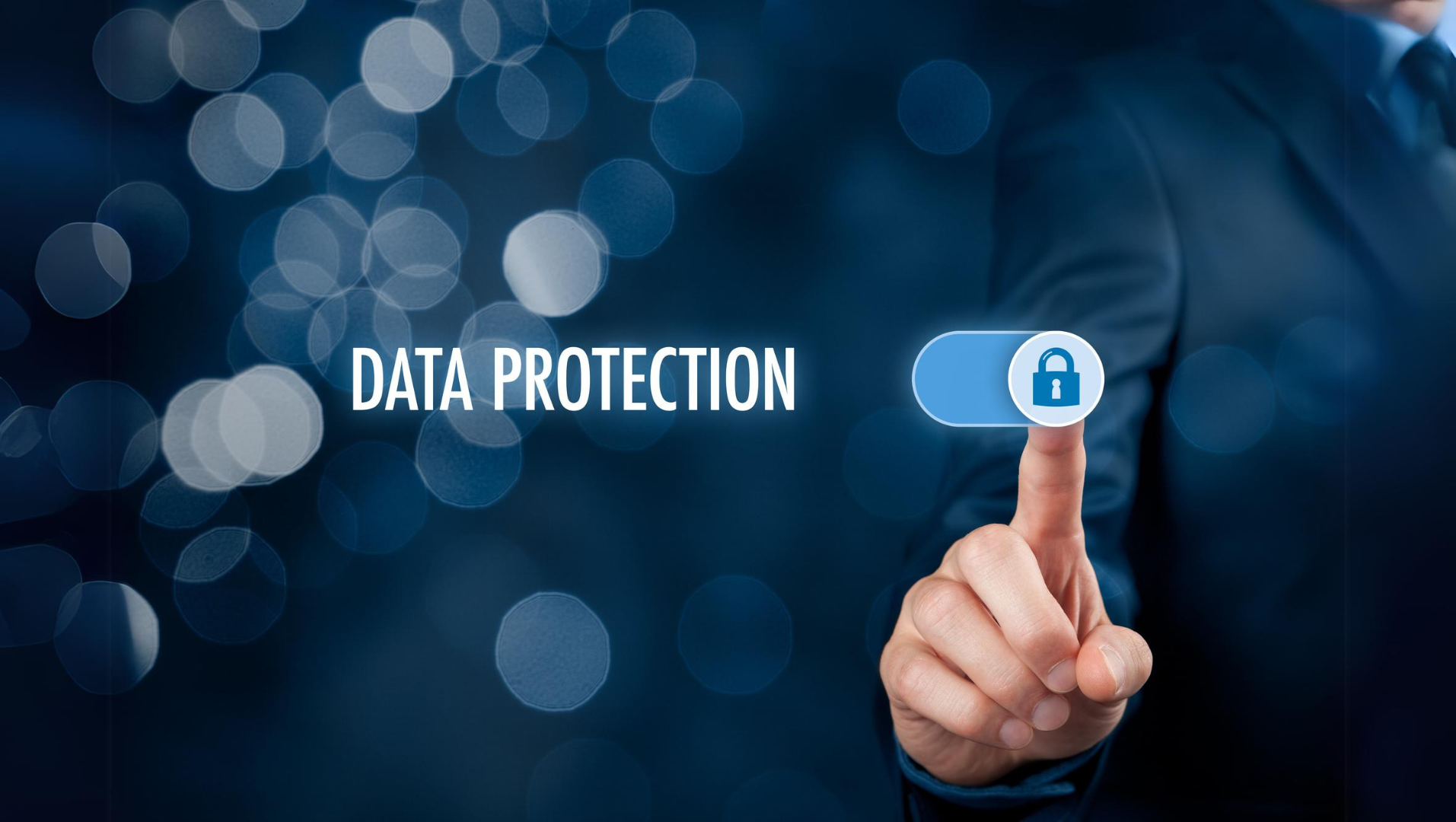A Simplified Guide to Using Customer Data
In today's digital world, keeping track of your customer's information is super important. It helps you keep your customers happy over the long run by offering them precisely what they want. But to make the most out of this information, you need to know your customers really well.
Different Kinds of Customer Info
First, it's good to know that not all customer info is the same. There are a few types, but the one you really need to focus on is called "first-party data."
Why is First-Party Data Super Useful?
Imagine a guy named Peter who's been looking to buy a new sound system. He's been checking out your website a lot because you have helpful info and advice. He even signed up for your newsletter and got your app on his phone. One day, while walking near your store, his phone tells him the sound system he likes is on sale. He pops in and buys it. That's the magic of first-party data.
What Exactly is First-Party Data?
First-party data is just a fancy way of saying the information you get straight from your customers. This could be things like what they buy, what they look at on your website, or how they interact with your emails. This info is super reliable because it comes directly from your customers.
Making the Most of First-Party Data
Customers like it when shopping feels personal, like you know exactly what they need. Using first-party data lets you do just that. It helps you make their shopping experience feel special, making them more likely to return.
Keeping Customer Info Safe
With all the rules about privacy these days, it's really important to keep your customers' info safe. Customers will only share their info if they trust you to look after it.
Ways to Use First-Party Data
Make Shopping Personal: Use what you know about your customers' purchases to suggest other things they might like.
Ads That Hit the Mark: Create ads that are relevant to your customers' interests. It's like knowing exactly what they want before they do.
Guess What They'll Do Next: By looking at what your customers do on your website, you can get a good idea of what they might buy next.
Understand Your Customers Better: By looking at the big picture of what all your customers are doing, you can figure out what they like and what they don't.
Getting Ready for a World Without Cookies
The internet is changing, and soon, the way we track customer info with cookies will too. This means first-party data is going to be even more important. You'll need to find new ways to get your customers to share their info.
Building Your First-Party Data Plan
To make a good plan for using first-party data, you need to:
Set Clear Goals: Know what you want to achieve.
Find Out Where Your Data Comes From: Look at all the ways you're already getting customer info.
Keep Your Data Neat and Tidy: Make sure all your customer info is organised and easy to understand.
Add More Info: Sometimes, you might need to add more info to what you already know about your customers to get a full picture.
For small business owners, using first-party data is like having a secret weapon. It helps you give your customers what they want, keep them coming back, and stay ahead of the game. By getting to know your customers better and using that info wisely, you can make their shopping experience something special.

